Analog photography is one of the things that fascinates us most, and starting with an affordable tool is often the only solution for many who, like me, began this passion self-financing. That's how I discovered the Kiev 88 way back in 2010, when I was still in high school and was just exploring photography as a hobby.
As a true history buff, as I heard the metallic sound of the shutter that almost sounded like the reloading of a Kalashnikov, I asked myself many questions.
The history of the Kiev 88 It began in Soviet Ukraine, where this 6×6 medium format camera was born as an economical alternative to the more famous Western Hasselblads. It was in fact immediately nicknamed “the poor cousin” from the photography community: The Kiev 88 carries with it a complex legacy of Soviet engineering brilliance and often questionable quality control.
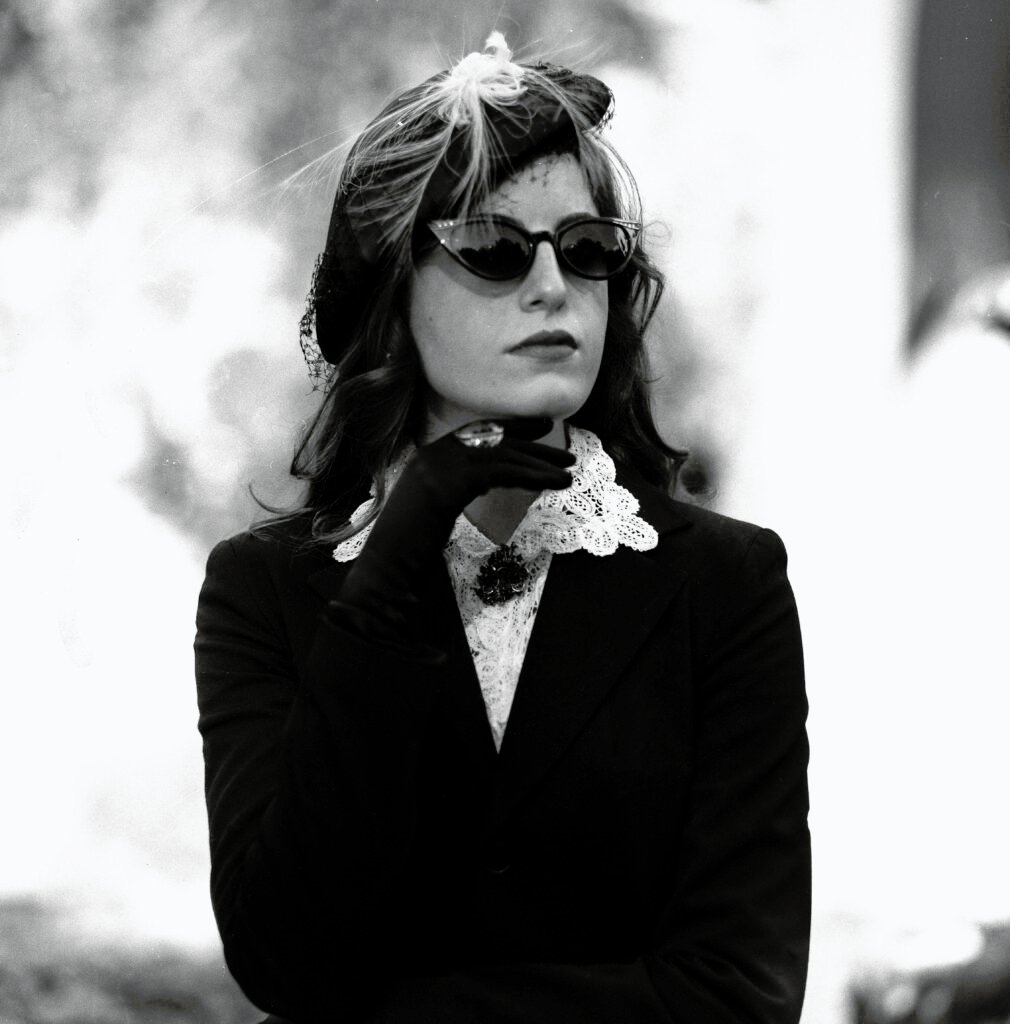
Kiev-88, Ilford Delta 400, development with Rodinal
A Love-Hate Relationship That Divides Photographers
The Kiev 88 is one of those cameras that, as pointed out by the community of Analogica.it, “you either like it or you hate it“This statement perfectly encapsulates the controversial nature of this camera, which has created two distinct factions among analog photography enthusiasts. In my opinion, it's precisely this difficulty of use that gives it a soul and a personality all its own: to use the Kiev, you have to know it.
Kiev 88 wasn't always called that: Salyut in Kiev
The nomenclatural history of this camera is as fascinating as it is complex. As documented by the Camera Wiki, it wasn't always called Kiev 88Its roots are in the system Salyut (Салют in Cyrillic, meaning “greeting”), a line of medium format cameras developed from the late 1950s onwards, starting from the Hasselblad 500. It is in fact commonly nicknamed “Hassalbladski”
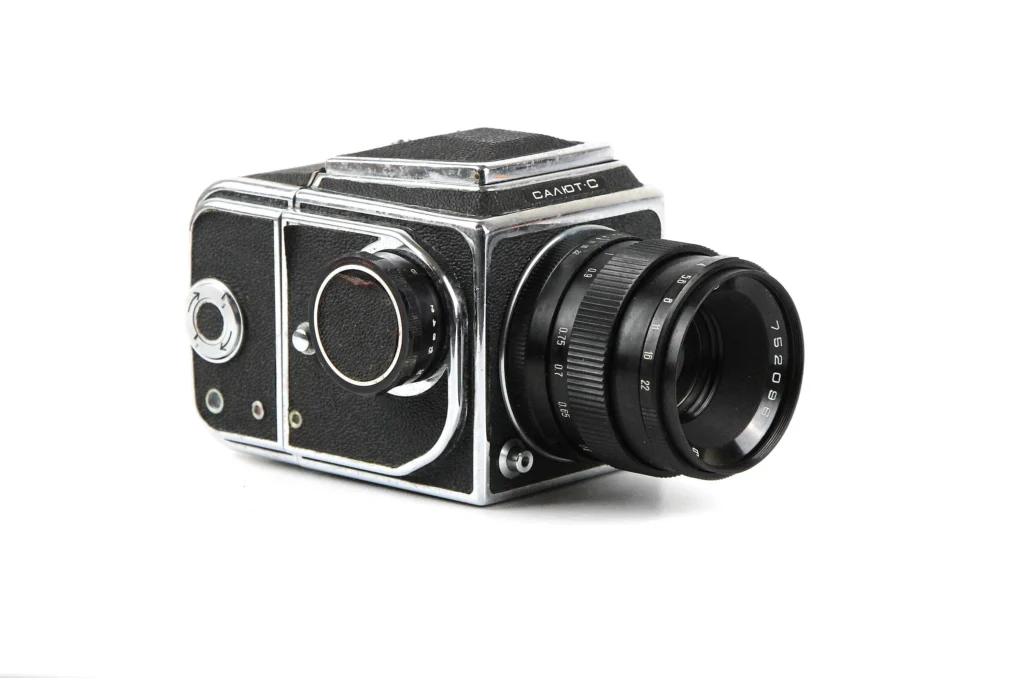
The Salyut-Kiev Dynasty
The evolutionary path is as follows:
- Salyut-S (or Salyut-C, as it appeared in Cyrillic Салют-С): the original model
- Kiev 80 (1975-1980): Export version of the Salyut-S
- Kiev 88: evolution of the Kiev 80 with the addition of the hot shoe for electronic flashes
On one side we find the detractors, who point the finger at a long list of known problems:
Historical Problems
As documented in Italian photography forums, the Kiev 88 suffers from several recurring defects which – I assure you – are all terribly present.
- Light leaks in film storage rooms – a problem that ruined thousands of shots
- Shutter prone to jamming during the race, with the possibility of crooked sliding
- Gentle charging system – if the operations are not performed in the correct sequence, the mechanism can break immediately
- Exposure meter with inaccurate calibrations
- Inconsistent film drag in frame spacing
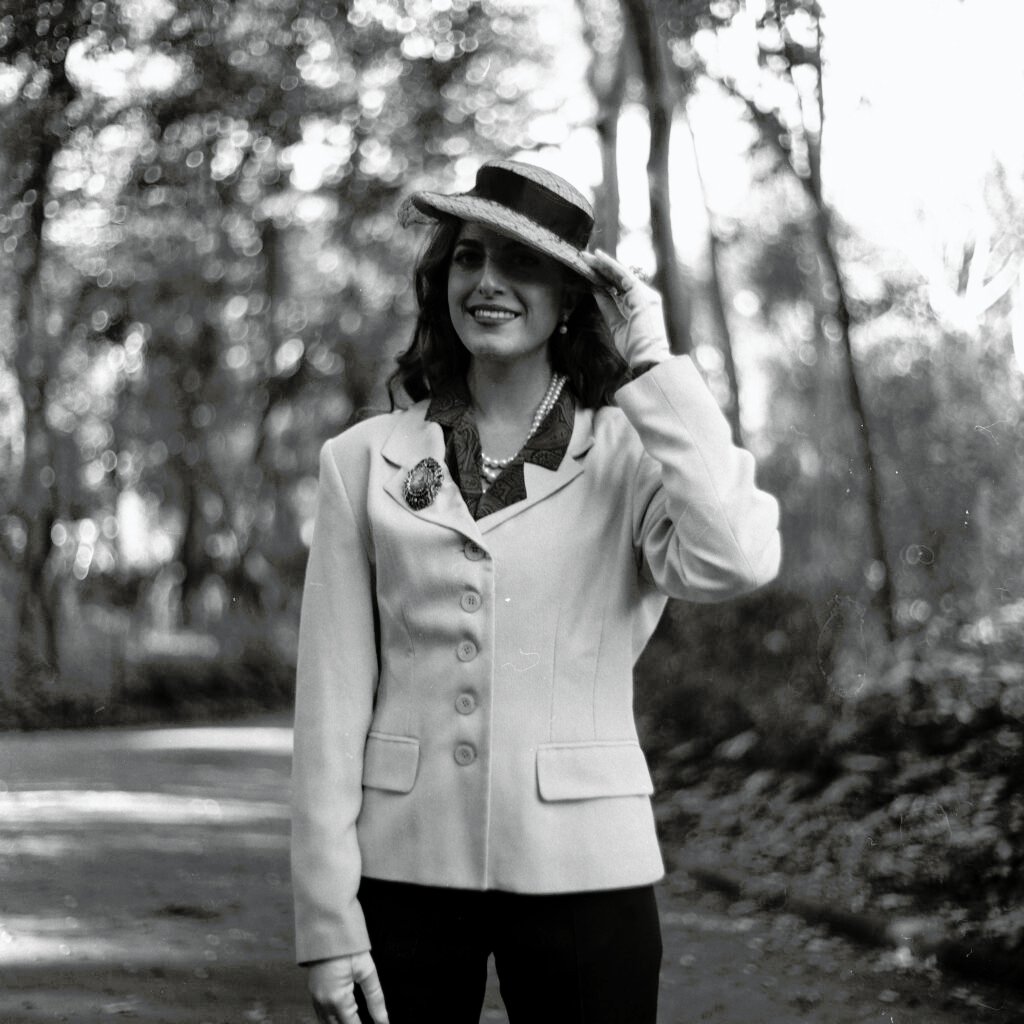
The Legend of the Curtains That Get Holes
Among the most famous anecdotes is that of the shutter curtains that were pierced by the sun's rays. As confirmed by a user of the Pentaxian forum: “I thought that curtains getting holes in the sun was an urban legend...but no!“.
This problem was so well known that in subsequent versions Kiev introduced metal curtains, which were more resistant but still not free from defects.
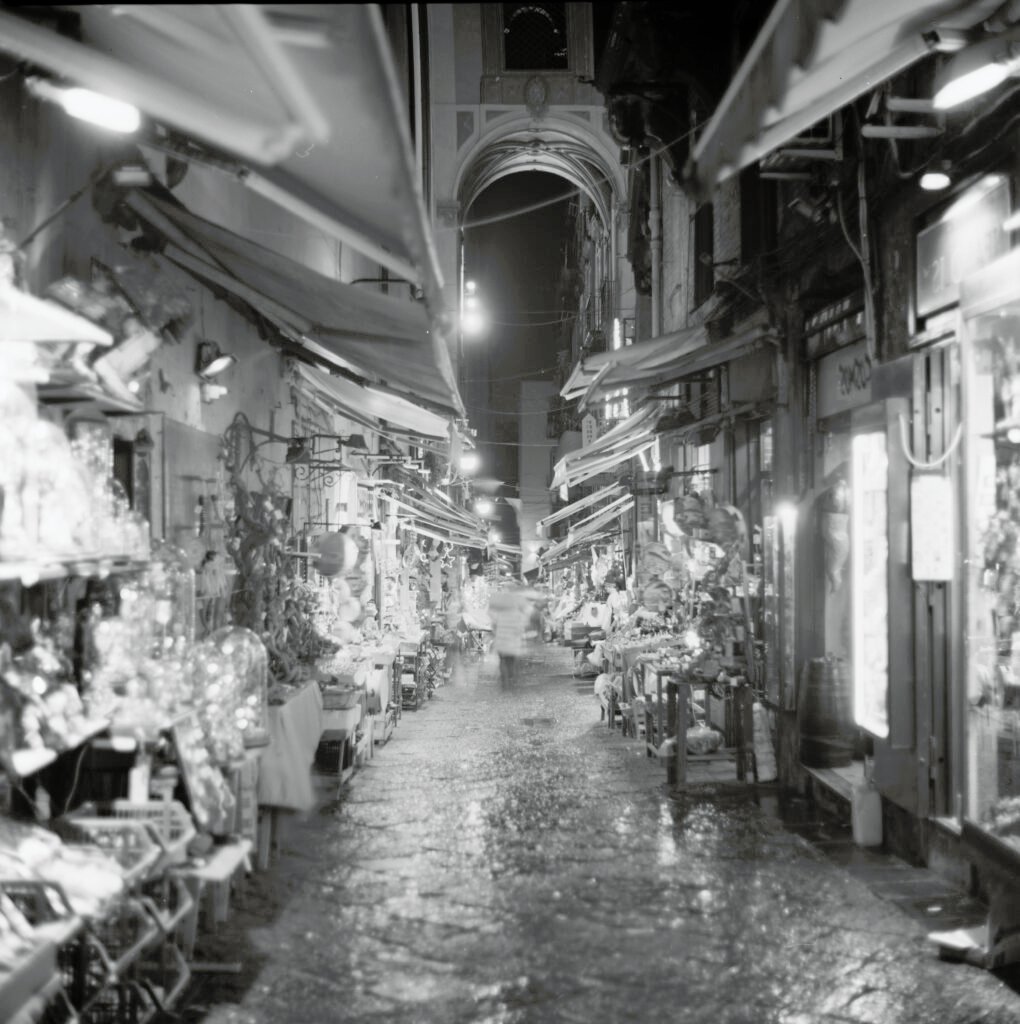
Kiev 88, Zodiak 30mm, Ilford Delta 400
The Construction: Soviet Metallurgical Engineering
One of the most fascinating features of the Kiev 88 is its construction. As one expert photographer observed: “I believe that the body of the Kiev-88 is made of aluminum alloy, then well filled with mechanisms of brass and other unknown, but heavy alloys, created by the genius of Soviet metallurgists“.
Indeed, the Kiev 88 is exactly like this: robust, heavy, made with quality materials but assembled according to often unpredictable standards.
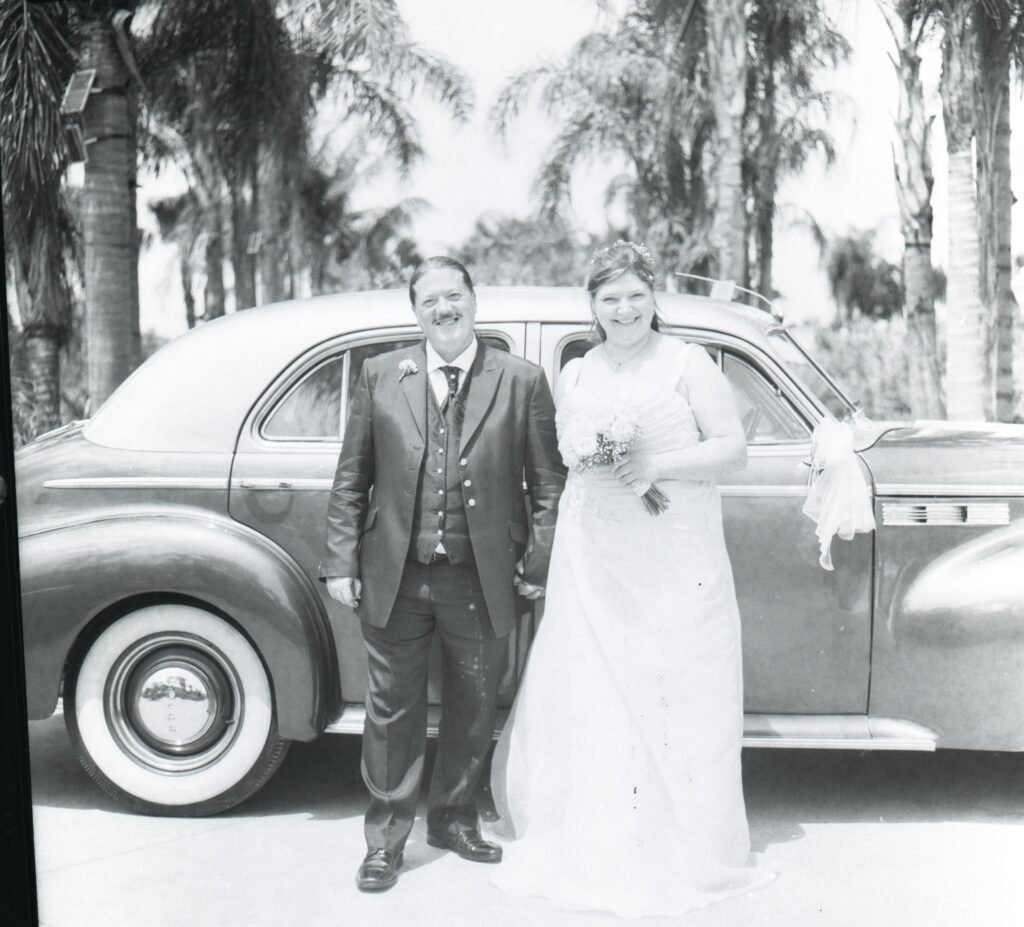
Kiev 88, Volna 80mm, Fomapan 100
The optical quality of the Kiev is shocking
Despite all the problems with the camera body, one element of the Kiev 88 has always received unanimous praise: the standard Volna-3 lens. In reality, all the other historical lenses mounted on this medium format are not of inferior quality.
Let's start with the names: each Russian lens has an evocative and auspicious name, or is dedicated to a constellation (or even directly refers to the Zodiak, the 30mm).
My favorite, heaviest as can be, is the Kaleinar 3B, a 150mm f/2.8 that's impressive not only for its weight and size, but also and above all for its optical performance and blurring. I've never seen anything like it in my life.
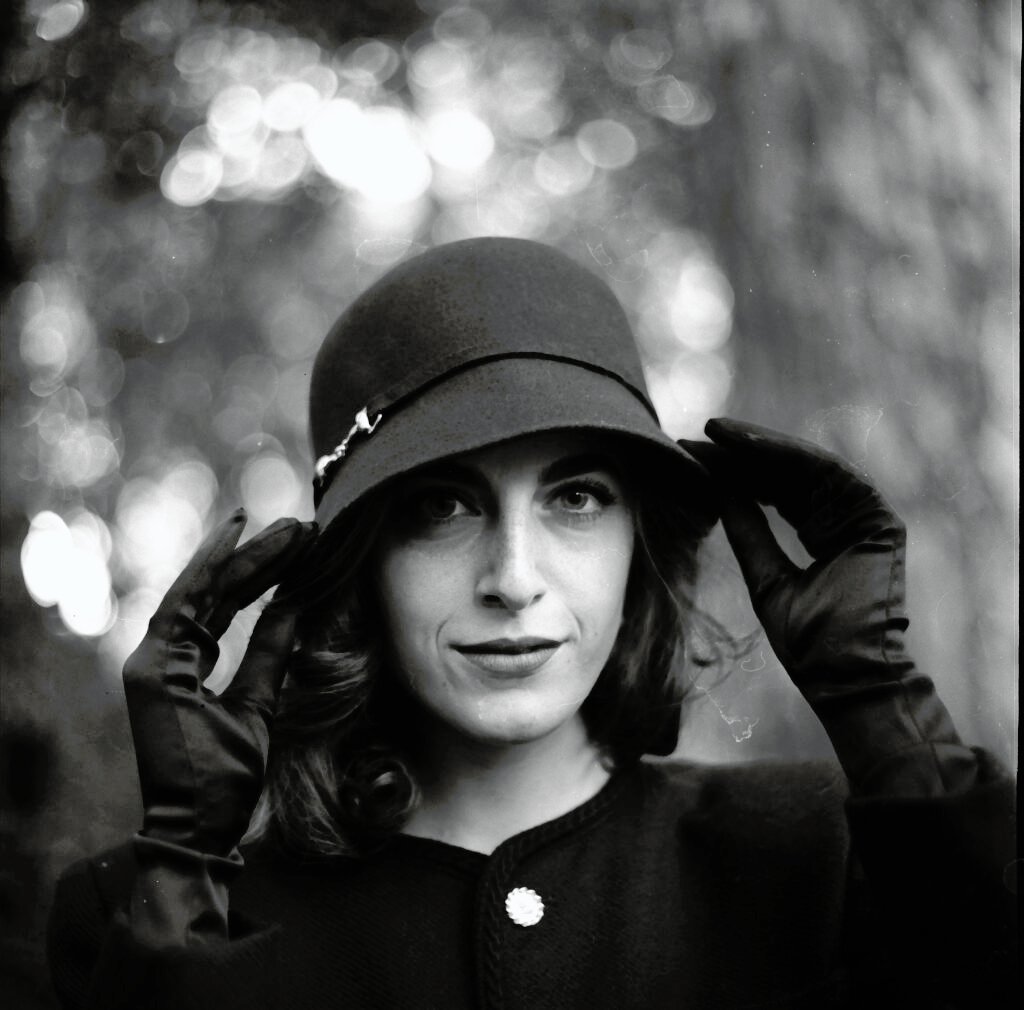
Kiev 88, Volna 80mm, Ilford Delta 400
The Legacy of Kiev 88: Between History and Legend
The name “Kiev” itself carries centuries of history. The city that gave its name to this camera was ruled by legendary figures such as Vladimir I, the Grand Prince who converted Kievan Rus' to Christianity in 988. This historical connection adds a special charm to a camera that, in its own small way, has written important pages in the history of analog photography.
The Kiev 88 represents much more than just a camera: it's the story of an entire era, with all its strengths and weaknesses. It transports us to a world where the "Iron Curtain" divided Europe and, well before the infamous "Chinese copies," it was Russia that replicated and distributed numerous copies of Western products.
It's a camera that has taught generations of photographers the importance of care and attention to detail. But above all, it's the camera that, more than any other, has taught each of us the virtues of patience and imperfection in photographic results, which in themselves, in my opinion, are a victory.
Kiev 88 remains a “poor cousin” which, despite everything, has managed to conquer the hearts of thousands of photographers around the world, proving that sometimes imperfection can be more fascinating than perfection itself.
Even today, the Kiev 88, in addition to having a huge community of enthusiasts around the world, still enjoys official support. Entrepreneur Gevorg Vartanyan took over the KMZ production facilities after the birth of the Ukrainian state following the collapse of the Soviet Union and, out of pure photographic passion, keeps the historic project alive today. Both for repairs and for the purchase of new cameras, Arax photo still exists today in 2025.
Sources:


